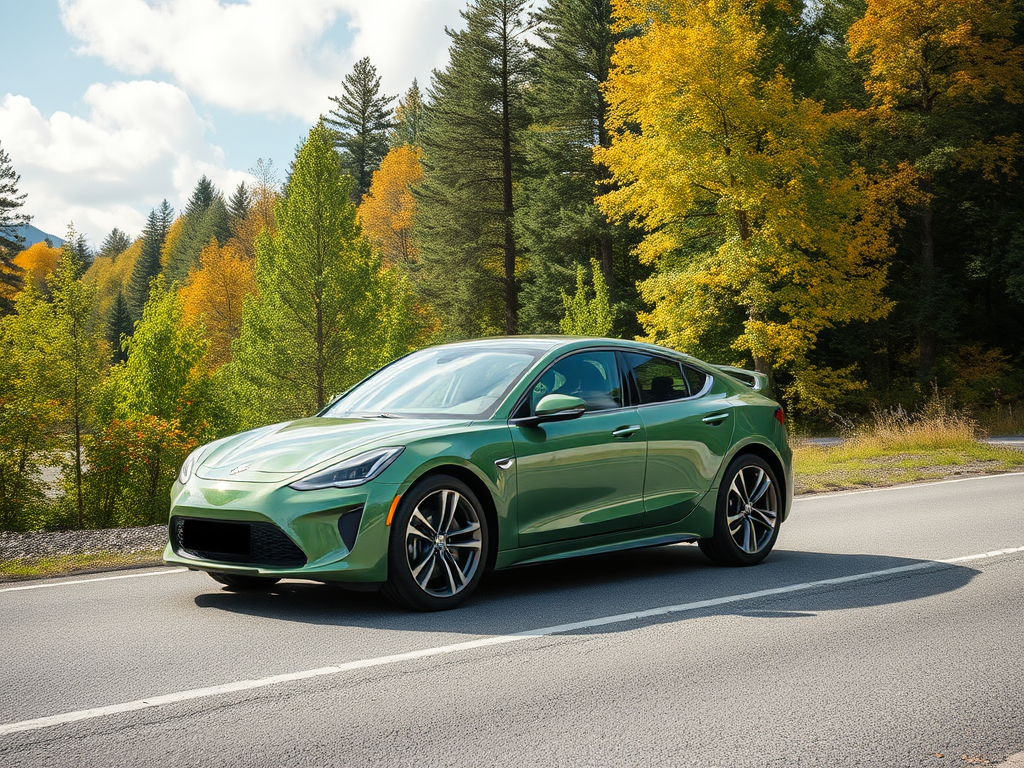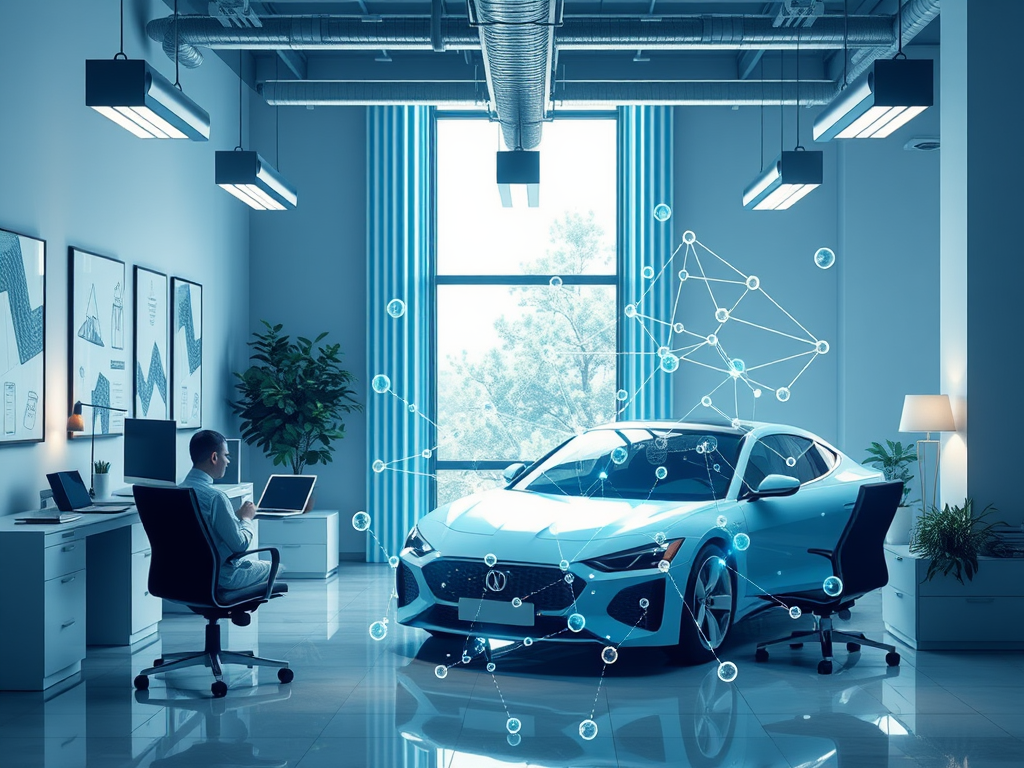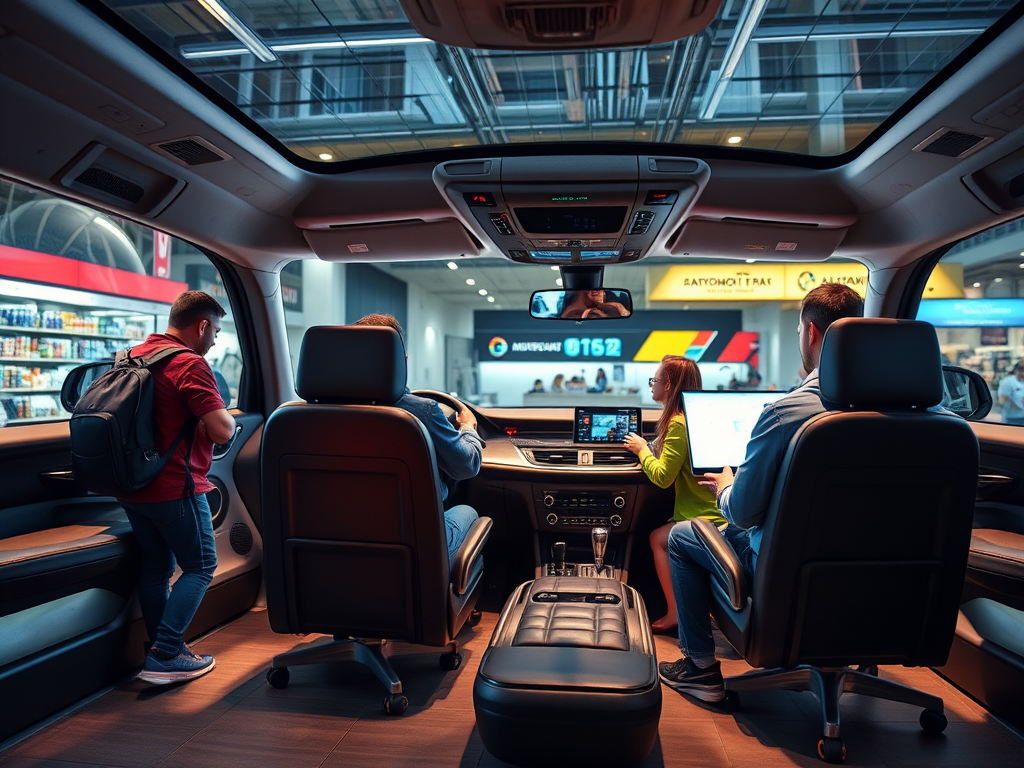The automotive industry is on the brink of a revolution, driven by the rapid evolution of digital marketing strategies. As consumers increasingly harness the power of the internet to make informed buying decisions, the way automotive businesses operate must change radically. This transition requires not just an understanding of traditional marketing channels but also an adeptness in navigating an array of digital tools and platforms that are critical to reaching today’s tech-savvy customers. By innovating their marketing efforts, automotive businesses can engage potential buyers more effectively and convert them into loyal customers. Harnessing digital marketing effectively has the potential to reshape the automotive landscape entirely, positioning brands at the forefront of consumer choice. In this article, we will explore the essential elements of automotive industry digital marketing, their importance, and actionable strategies.
Importance of Digital Marketing in the Automotive Sector

Digital marketing is not just a trend in the automotive sector; it has become essential for survival. With the majority of car buyers beginning their journey online, understanding how to leverage digital marketing can significantly affect business success. Traditional advertising methods are increasingly ineffective, as consumers prefer engaging with brands through interactive and easily accessible digital channels. Consequently, automotive businesses that invest in robust digital strategies witness improved engagement, higher conversion rates, and greater customer satisfaction. Establishing a strong online presence translates into building trust, which is vital for influencing potential buyers to choose one brand over another. Therefore, a well-rounded digital marketing strategy is indispensable for automotive businesses aiming for longevity and prominence in the market.
Key Components of Automotive Digital Marketing

To carve out a successful digital marketing path in the automotive industry, several fundamental components must be prioritized. Each of these elements contributes to forming a cohesive strategy while addressing unique consumer needs. Notably, a multi-channel approach enables businesses not only to capture leads but to nurture them through the sales funnel effectively. Here are the critical components to consider:
- Search Engine Optimization (SEO): Enhances visibility on search engines, crucial for attracting organic traffic.
- Pay-Per-Click Advertising (PPC): Offers immediate brand visibility and aids in generating leads quickly.
- Social Media Marketing: Fosters community engagement and builds brand awareness among target demographics.
- Content Marketing: Positions businesses as industry leaders by providing valuable information to consumers.
Search Engine Optimization (SEO)
SEO undoubtedly remains one of the cornerstones for automotive digital marketing. It is the process of optimizing your website and content to rank higher in search engine results pages (SERPs). Not only does this visibility increase traffic, but it etches your brand into the minds of potential customers. Strategies should encompass keyword research, on-page SEO, local SEO, and generating backlinks, all tailored to the automotive niche. By focusing on these areas, automotive businesses can significantly improve their search engine rankings, thereby driving targeted traffic to their websites and enhancing their online visibility. With the right SEO measures in place, leads are likelier to convert into sales.
Pay-Per-Click Advertising (PPC)
PPC advertising can be an essential driver of immediate traffic and visibility for automotive businesses. Whether through Google Ads or social media platforms, PPC campaigns allow brands to display ads to users actively searching for specific terms related to cars or automotive services. It is a cost-effective way to reach potential customers at the precise moment they are in the buying process. Automotive businesses should focus on high-performing keywords and optimize their ad copy for better click-through rates. Tracking metrics such as cost-per-click (CPC) and conversion rates will ensure that each campaign remains profitable and aligned with overall marketing goals.
| Marketing Component | Benefits |
|---|---|
| SEO | Improves organic search visibility and traffic. |
| PPC | Generates fast traffic and measurable results. |
| Social Media | Builds brand community and drives engagement. |
| Content Marketing | Establishes authority and trust in the market. |
Digital Marketing Tactics Specific to Automotive
When crafting a digital marketing strategy for automotive, unique tactics can amplify the effectiveness of the overall approach. Each tactic serves a specific role in addressing the preferences of modern consumers who engage with brands through various digital channels. Some standout tactics include:
- Email Marketing: Directly communicates with customers about new offers, events, and updates, keeping them informed and engaged.
- Video Marketing: Leverages the visual appeal of cars by showcasing features, providing tutorials, and sharing customer testimonials.
- Mobile Optimization: Ensures that websites function seamlessly across devices, essential for catering to buyers who conduct their research on mobile.
Cost-effective Marketing Strategies for Automotive
In the fast-paced automotive landscape, executing cost-effective marketing strategies is essential. Implementing creative solutions that do not compromise quality enables businesses to maintain a robust digital presence without overspending. For example, leveraging user-generated content from satisfied customers can be both engaging and budget-friendly. Additionally, developing partnerships with influencers in the automotive niche can amplify your message without incurring hefty advertising costs. By effectively utilizing social media platforms to engage with followers, businesses can foster a sense of community while driving organic growth. With measured investments in targeted campaigns, businesses can achieve significant results without stretching their budget.
Conclusion
In conclusion, recognizing the importance of digital marketing in the automotive sector can empower businesses to thrive in an increasingly competitive landscape. By leveraging the critical components and tactics discussed, companies can engage with potential buyers more effectively and, ultimately, convert them into loyal customers. The future of automotive marketing lies in adaptability, creativity, and the intelligent use of digital platforms. Embracing a comprehensive digital marketing strategy is no longer optional; it’s a requisite for success in today’s automotive industry.
Frequently Asked Questions
- What are the biggest challenges in automotive digital marketing? The primary challenges include managing brand reputation, adapting to rapid technological changes, and competing with large automotive companies.
- How can SEO help an automotive business? SEO improves visibility in search engines, making it easier for potential customers to find your dealership or services online.
- What role does social media play in automotive digital marketing? Social media serves as a platform for engagement, brand building, and targeted advertising, providing valuable insights into consumer preferences.
- Are there specific metrics I should track for my digital marketing efforts? Yes, important metrics include website traffic, conversion rates, return on ad spend (ROAS), and engagement rates on social media platforms.
- How often should I update my content? Regular updates are important; consider refreshing your content every few months and whenever there are significant changes in the industry or your offerings.


